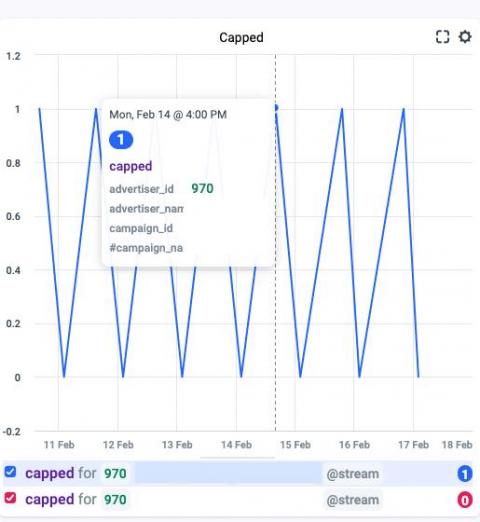Best Practices for Maximizing Your Kubernetes ROI
96% of companies now use or are in the process of evaluating Kubernetes. As the maturity and complexity of Kubernetes environments grow, costs quickly spiral out of control when an effective strategy for visibility and optimization is not in place.




